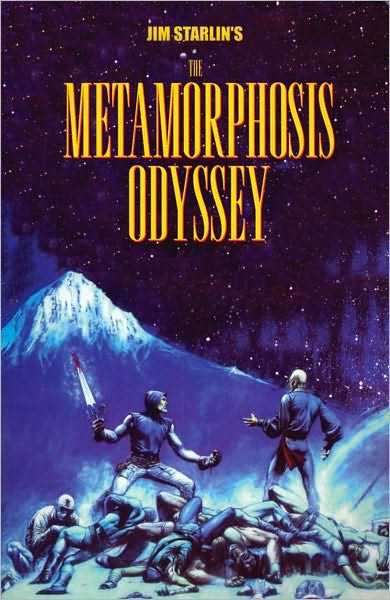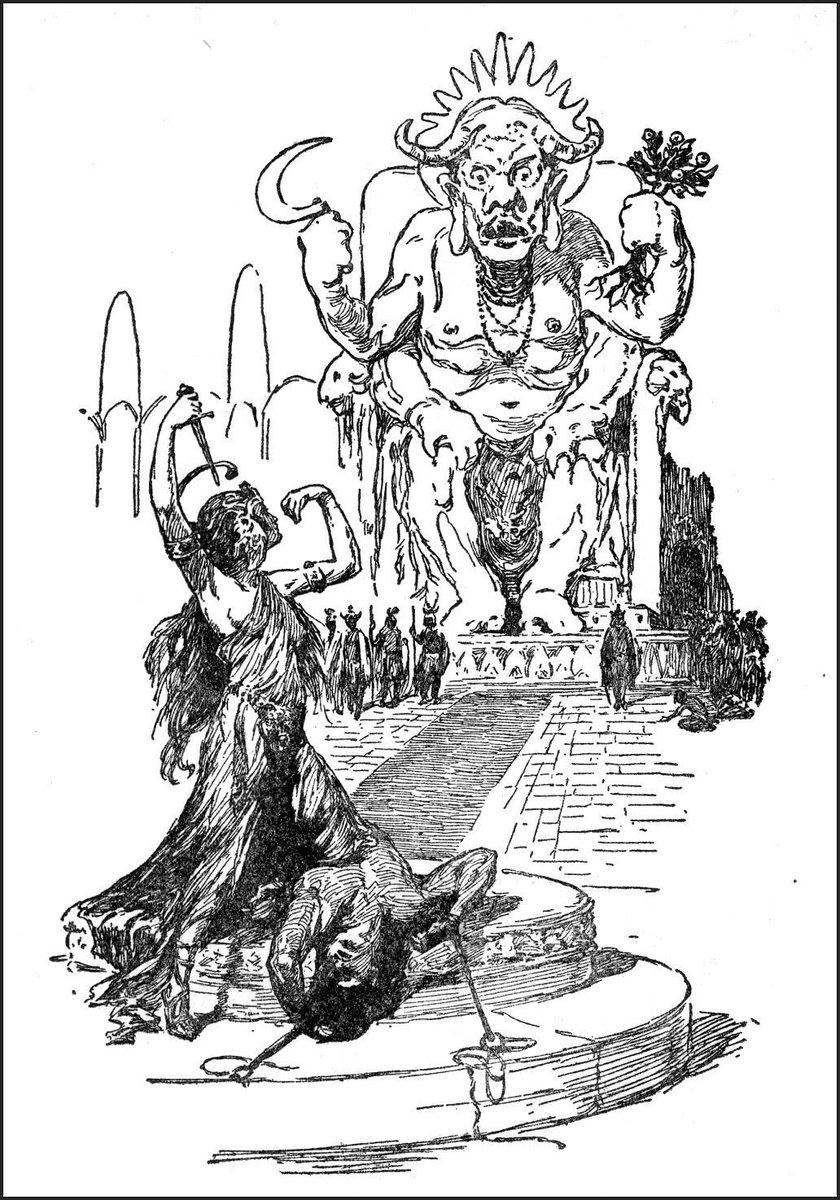 |
| art by Jason Sholtis |
It was all very strange, but the party had a job to do. They went searching for the ruins of the Dove Inn to find their Armoire of Holding and the Book of Doors contained therein to get Phosphoro off their back. On their way there, they encountered a sleeping young man in strange clothes. He wasn't sure if Azurth was real, or even if he was real. There seemed to be some gaps in his memory. He knew he was a member of something called "the Golden Dawn" and that his name was "Roderick Drue." He remembered an old man had sent him here--or maybe it was the opium he had smoked. He recalled a place he had been, called the World Exposition.
The party didn't know what to make of any of this, but they allowed him to accompany them. They arrived at the ruin of the Dove Inn to find their armoire likely buried in rubble. (The presence of something was confirmed by detect magic.) Before they could begin searching, there were gibbering voices and something protoplasmic rose from the debris and coalesced into a spheroid in front of them.
Its eldritch gibbering paralyzed the group for some time. Its many mouths bit them, and its eyes blasted them with baleful magic. In the end, they drove it back with Dissonant Whispers and wore it down, until it collapsed into goo. Exhausted, but only mildly harmed (except Erekose who took the brunt of its assault), they began digging into the rubble.
More voices. These belonging to a group of little people who claimed to be from another world. They had taken up residence in the very spacious interior of the armoire. They agreed to turn over the book in exchange for getting to keep everything else. They also related that war had destroyed Rivertown. They suggested the party could find shelter with the benevolent religionists of the Frog Temple.
The party was nervous about doing so, but ultimately did. The rustic beast folk welcomed them warmly. Their frogling leader revealed that they venerate a frogling of the past--Waylon! They also revealed that the war had ultimately been a civil war between the Wizard of Azurth and the Clockwork Princess. They reported the forests were now the domain of a fierce elf called the Dread Queen of House Perilous. The party is sure that this is their own Shade.
Intrigued and troubled by all this, the part stays the night in the temple to consider what to do next!


























